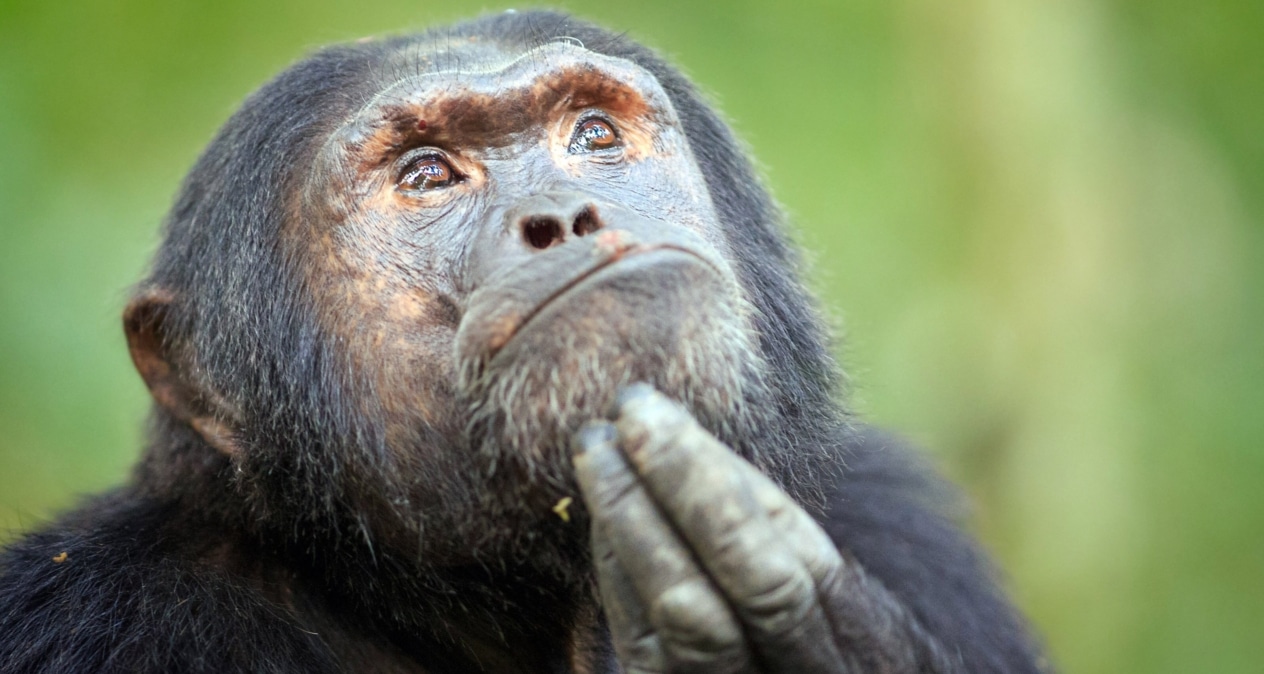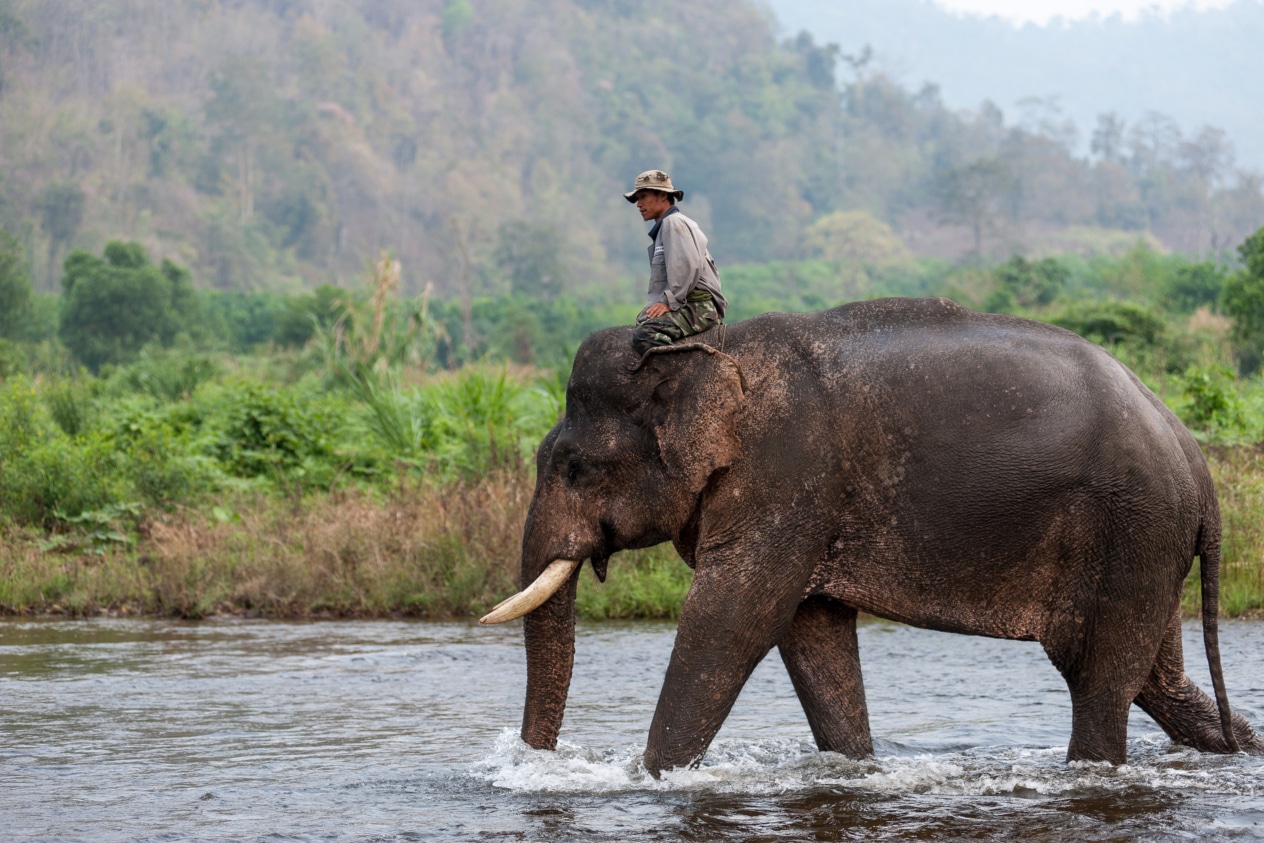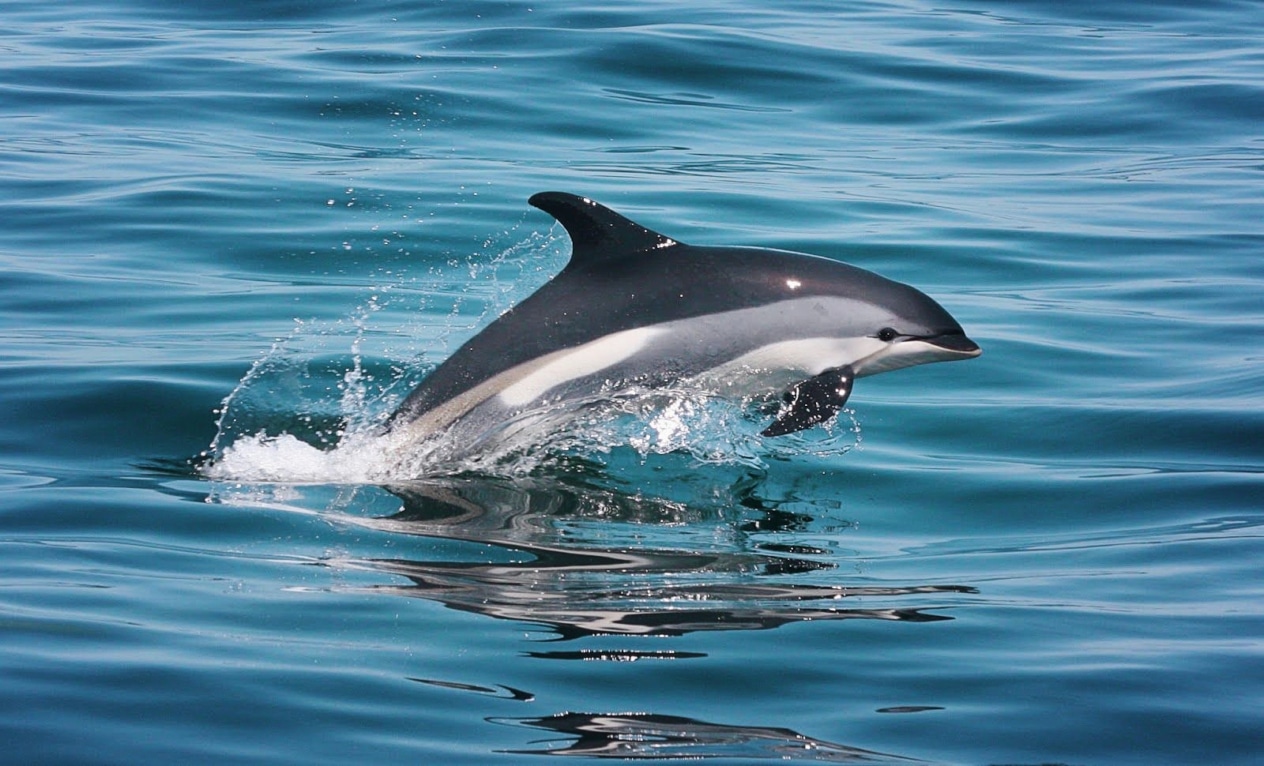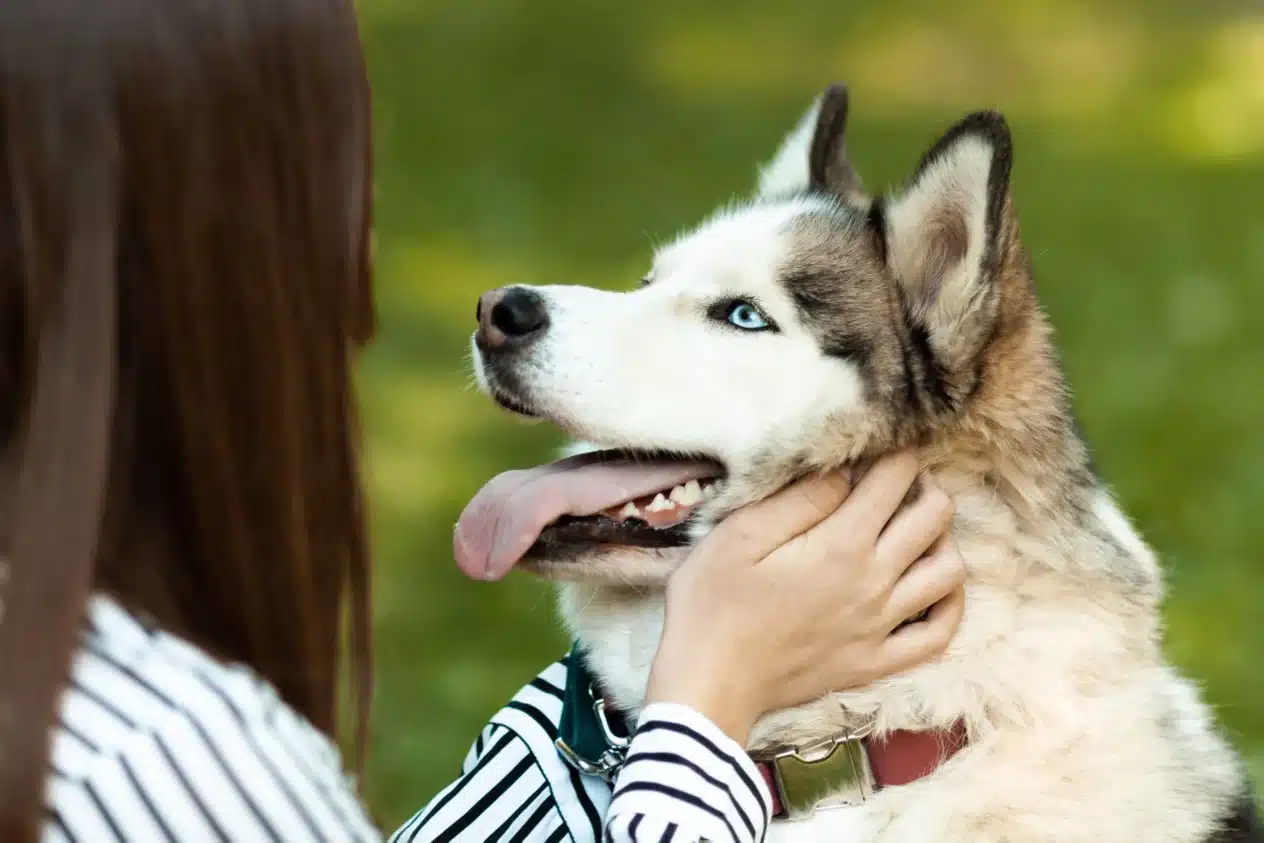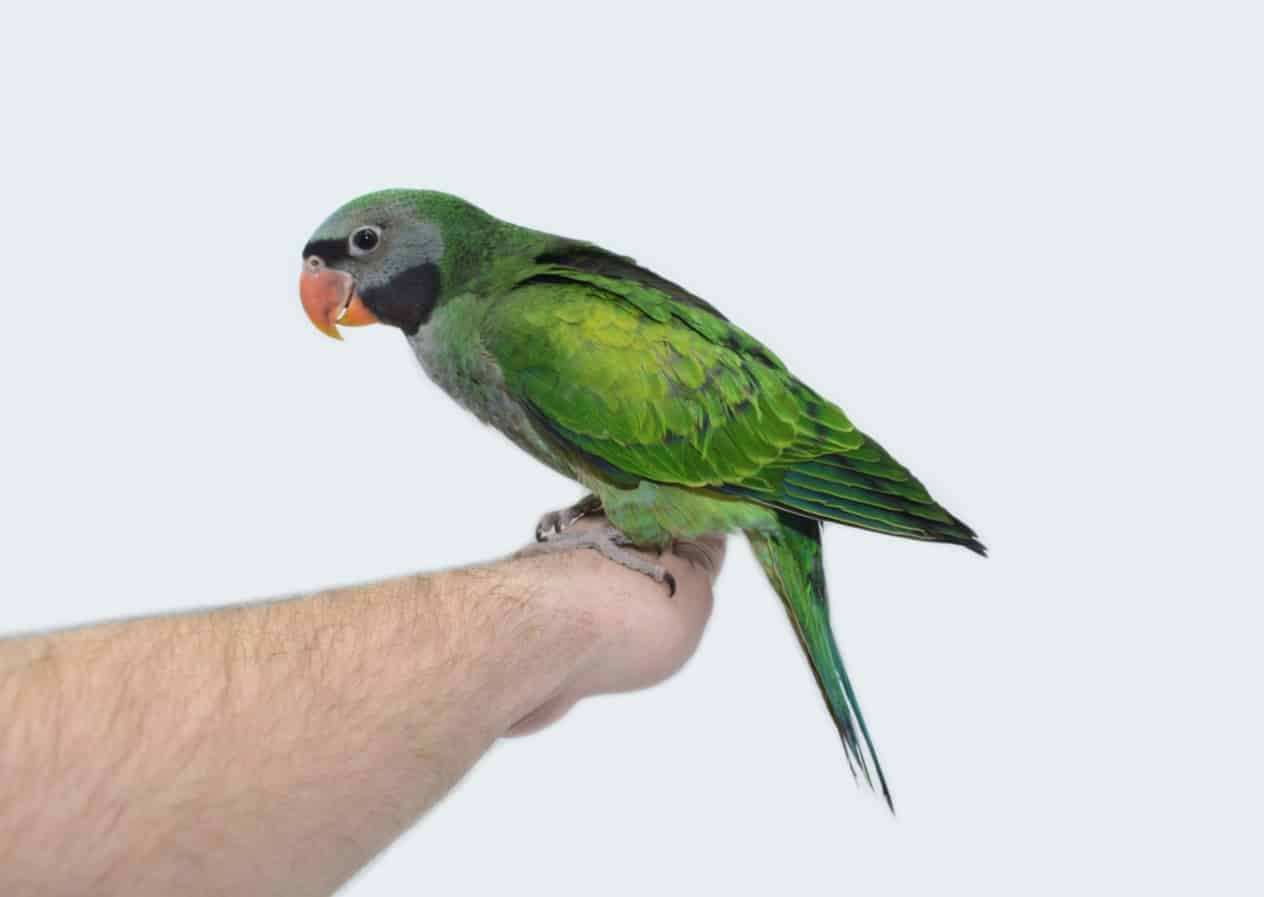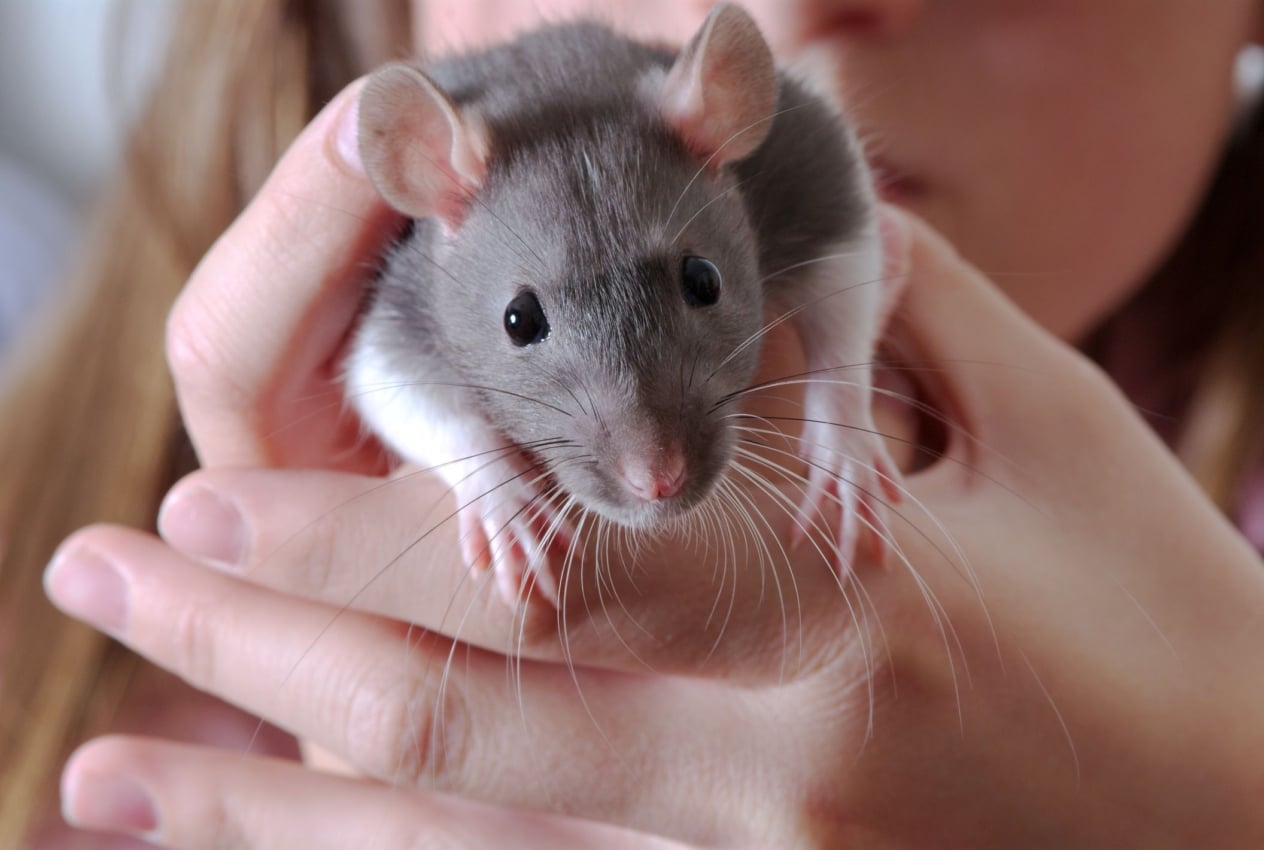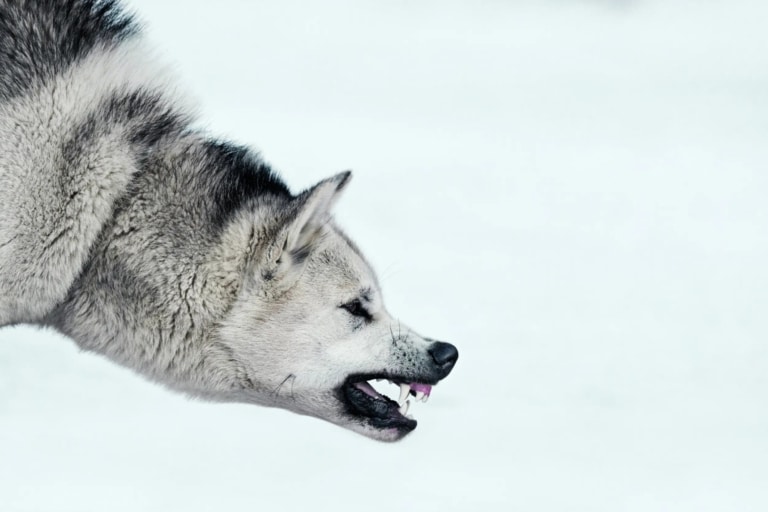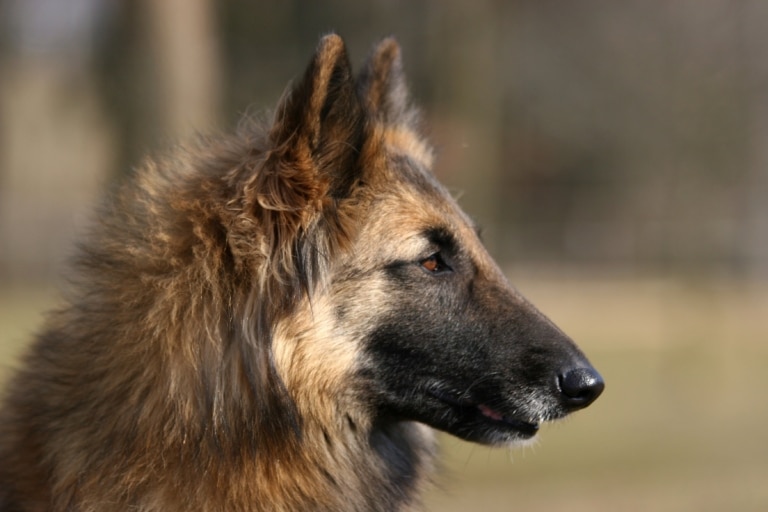Humans are undoubtedly the most intelligent beings on the planet, but the intelligence of animals has long fascinated scientists. And it’s no surprise — many animals display remarkable abilities. Overall, animal intelligence can be highly developed within the context of their natural environment and needs, even though it often differs from human intelligence due to different physiological and social conditions. So let’s take a look at some of our fellow creatures to appreciate their incredible capabilities.
The world’s smartest animals. Their abilities
Here are some animal species that rank high in intelligence after humans.
Chimpanzees
These primates are capable of solving quite complex tasks. When given the opportunity to learn, they can master sign language and use it to communicate with humans. Chimpanzees also possess phenomenal memory. In Japan, a memory test was conducted involving students and a chimpanzee named Ayumu. The chimpanzee memorized numbers on a screen in less than a second and recalled their sequence accurately — something even the students couldn’t outperform. In addition, chimpanzees are able to use tools and can complete tasks that require abstract thinking.
Elephants
Elephants have excellent memory, are capable of emotional perception and empathy, and can recognize and remember up to 30 of their relatives. You’ve probably heard the term “elephant graveyard.” It refers to the behavior of elephants returning to places where their companions have died, showing their strong social bonds and a sense of reverence.
Like primates, elephants have the ability to use tools. An especially fascinating fact is that these mammals can recognize themselves in a mirror — a rare skill among living beings, apart from humans.
Dolphins
These marine mammals impress with their emotional intelligence and self-awareness. It’s no secret that dolphins can empathize, understand sadness and joy, and have repeatedly rescued people in distress — for example, during shipwrecks, they’ve saved drowning individuals, driven away predators, and helped guide people to shore. Like elephants, dolphins can recognize themselves in mirrors and have complex communication skills, using sounds and gestures. Some scientists believe that if humanity were to disappear, dolphins could take over our place in the social world.
It’s worth noting that there is a real-world organization called “Anti-Dolphin,” which campaigns against dolphins, claiming that these hyper-intelligent beings pose a threat to humanity.
Crows
Crows are known for their ability to plan, solve problems, and use objects, tools, and available resources to achieve their goals. Observers have seen a crow find a nut, fly to a street, and drop it onto the road so cars would crack it open. The bird then waits for the traffic light to turn red and calmly collects the nut once traffic has stopped. These birds also know how to use “weapons” — such as dropping stones to attack rivals or threats. They can learn new skills and, as you’ve probably gathered, demonstrate strong social intelligence. Some observations even show that these quirky birds know how to play and prank one another.
Cats
Our furry companions also possess impressive cognitive abilities. You’ve likely noticed how clever — and sometimes manipulative — they can be. Cats love to assert their character and independence, which is a sign of high intelligence. They may refuse to play or perform tasks if they’re not in the mood. Compared to dogs, cats are more temperamental and less obedient. The cortex of their brain contains more neural connections than that of dogs, suggesting greater potential for information processing. These animals are naturally curious and capable of understanding cause-and-effect relationships.
Whales
These ocean dwellers are the largest animals on Earth, but they also rank high in intelligence. Whales and orcas are remarkable creatures with complex communication systems and even unique “dialects” within individual groups. They possess self-awareness, demonstrated by their ability to recognize themselves in mirrors. Their emotional intelligence is highly developed — they show empathy, mourn deceased group members, and cooperate with one another. They learn easily from each other, mimic the behavior of other species, and even pass down learned skills through generations. Scientists have long observed whales and other cetaceans using creative problem-solving — escaping traps, using the environment to aid in hunting, and more.
Ants
These tiny members of the insect world have always stood out for their industriousness and strength. When it comes to intelligence, ants can compete with many larger animals. Their method of communication is fascinating — ants transmit information not only through sounds and movements but also through pheromones. They lay down chemical trails to food sources, allowing other ants to follow. Ants have excellent memory, as seen in their ability to navigate intricate underground tunnels. Some scientists have observed that certain desert ant species can count their steps to find their way back.
What’s truly impressive is the collective intelligence of these small insects. While individual ants have limited cognitive abilities, the entire colony functions as a single, coordinated organism. Each ant knows its role and performs it precisely — whether it’s finding food, defending the nest, or fulfilling other tasks. Every ant colony includes a queen, soldier ants, worker ants, and hunter ants.
Dogs
A dog’s intelligence is often compared to that of a two-year-old child. They can learn up to 250 commands and gestures, and even count up to 4 or 5. Dogs have a high level of social interaction, which allows them to communicate effectively with other animals, dogs, and humans. It’s well known that dogs can sense and recognize emotions — they are capable of empathy, joy, and sadness.
These loyal companions are among the most beloved and useful animals for humans. They possess working and obedient intelligence, as they are naturally inclined to follow instructions and respond well to training. Each breed has its own innate abilities developed through selective breeding. For example, retrievers are excellent at fetching, border collies excel in human cooperation, shepherd dogs are great guards and herders, and breeds like setters, pointers, huskies, and beagles are natural hunters that can track and catch prey. Some breeds, such as the cocker spaniel, are even capable of detecting illnesses in humans.
Parrots
Parrots have excellent memory — they can easily remember routes, human faces, and situations associated with punishment or reward, which makes them well-behaved pets. They’re well known for their ability to mimic sounds and human speech, as well as imitate behaviors. Parrots have great potential for solving complex tasks, such as opening locks, and they display advanced forms of communication. These birds are capable of self-awareness and recognize themselves as individuals. Parrots also understand group hierarchies and can sense the emotional states of other birds or even humans, adjusting their behavior accordingly.
Rats
Rats are known for their ability to learn and solve complex problems. They are clever and inventive animals. These rodents can adapt and survive in extremely harsh conditions — for instance, they continue reproducing even at temperatures as low as -17 °C. They also have excellent memory, and rat communities are often structured with hierarchical systems.
Conclusion
Our world is incredibly fascinating. Despite differences in size, capabilities, and environments, the animal kingdom never ceases to amaze us with its intellectual potential. Everything mentioned above demonstrates the high cognitive abilities of the animals discussed, making them some of the most intelligent creatures on the planet after humans.
Indeed, animals’ approach to organizing social life is truly impressive. They can think, create hierarchies, fight for their position, show empathy, care for one another, and more. To fulfill their basic needs, they solve countless problems and analyze situations. While animals may have limitations compared to humans, they often teach us lessons in order, discipline, cleverness, and perseverance. And sometimes, we’re genuinely amazed by their capacity to feel and express compassion — for each other and even for us.


